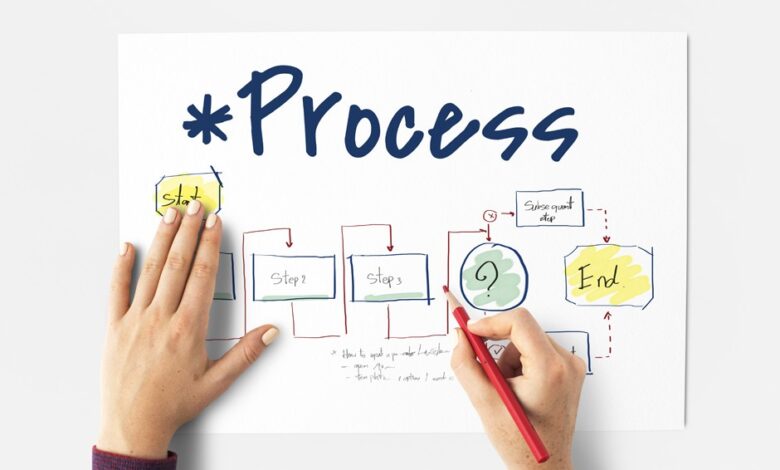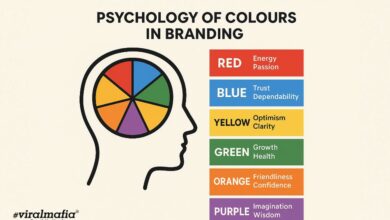How To Design A Content Map In 8 Steps

When prospects first visit your business page, they will most probably search through your site to learn more about it, gauge the level of trust people have in your business, and be on the lookout for resources that can help them achieve their goals.
With the help of content mapping, you can create highly targeted, personalized content at every stage of the buyer’s journey, helping to grow leads and prospects toward a purchase decision.
You can easily create a content map using the following 8 steps:
Define The Purpose And Value
Before creating a content map, you need to define the business goals that you are aiming to achieve. Your content strategy can provide you with this answer. Increasing subscribers, convincing readers they need this product or service, creating a loyal reader base, and boosting sales can be some of the goals.
The second factor that guides your content marketing strategy and is crucial for your content map is to highlight how the content marketing strategy provides value to your target audience.
Segment Your Target Audience And Create Reader And Buyer Personas
Knowing who your target audience is is the key to content mapping success. This way, you can truly understand their interests, needs, and concerns and ultimately create content that addresses them.
Data can be gathered using customer surveys, in-depth interviews, website analytics, and social media metrics.
After gathering some real client data, it can be segmented into sections such as customer commonalities, buyer interest, accolades, and goals.
Reader and buyer personas help you understand your ideal readers and customers better and deliver a more targeted message tailored to the specific needs and behaviors of different groups.
You can have at least one, two, or more audiences that you’re looking to reach, depending on your business. The reader and buyer personas may not be the same. Your reader need not be a potential buyer.
Some useful characteristics you must consider including in your persona profiles are demographic data, professional data, values and goals, problems, sources of influence, and shopping habits.
Map Out The Customer Journey
The buying/decision-making process of your customers is outlined by their customer journey. Outline the steps in the buyer journey using the personas as a guide. Think about them, their emotions, and thoughts, the ways you can help them, and the content that brings value to them.
Each customer’s journey should correspond to the type of content you’re developing for them.
Design Your Content Marketing Funnel Strategy
Content is the best method to guide your prospects through different buyer journeys.
Audit your current content, create a catalog and divide it into the three stages of the buyer lifecycle-awareness, consideration, and decision. Then, assign each piece to one of the categories.
In the Awareness stage or the top of the funnel (TOFU), informational content can help a user who has just realized a problem but isn’t aware that you provide the solution.
In the Consideration stage or the middle of the funnel ( MOFU), the content should be product-oriented. Convince the users to use your product with how-to guides, comparisons, etc.
In the Decision stage or the bottom of the funnel (BOFU), your prospect has already made the decision. Customer reviews, success stories, and case studies go into this category.
Identify Topics For Future Content
Next, build a content map to plan for future success, using all the research from the previous steps.
First, identify the main topics, or the broad themes that you can cover. Using these, create topic clusters.
The main topic in a topic cluster is at the highest level. A content pillar can be created for this topic, that is long-form and includes sub-topics. Create individual pieces for every sub-topic.
Do keyword research on the main topic and the sub-topics for an effective topic cluster.
The topics must be used to decide the content types too.
Create A Promotion Strategy
Search engine marketing and social media marketing are common content promotion tactics.
Other methods include email newsletters, guest posts, paid social media ads, and sponsored content.
The type of content, budget, the platforms mostly used by the target audience, and the stage in which they use it are the factors that determine the ideal promotion method.
The awareness stage utilizes social media, while the consideration and decision stages primarily rely on search engines.
Create An Editorial Calendar
All the information from the above points can be summarized in an editorial calling near. Fill in due dates and publish dates, jot down the content type of each content piece and where it will be published, and the assignee for each piece.
You can use colors and symbols to denote different publishing avenues and content types while using online calendar tools.
Create multiple calendars for different content schedules for each stage of the buyer lifecycle.
Keep it simple with a collection of task names and deadlines, or include columns for content details, keywords, target buyer personas, pages to link to, and more.
Establish Goals And Monitor Progress
Track the progress of your content marketing campaign using tools like Google Analytics.
You can create milestones for your content map to judge performance.
Viral Mafia, the best SEO company in Kerala offers you top-notch content mapping methods to grow your business. As a leading digital marketing agency in Calicut, we provide you with the most innovative and creative solutions.






